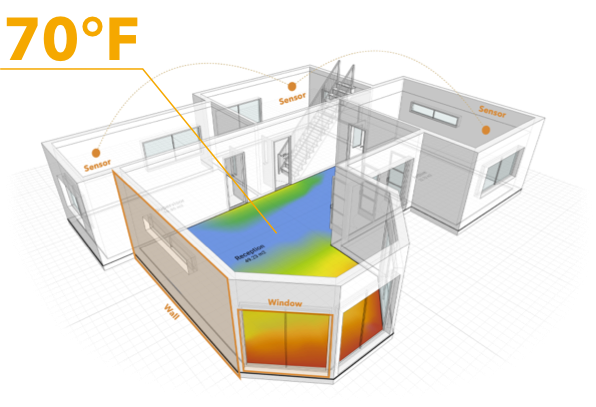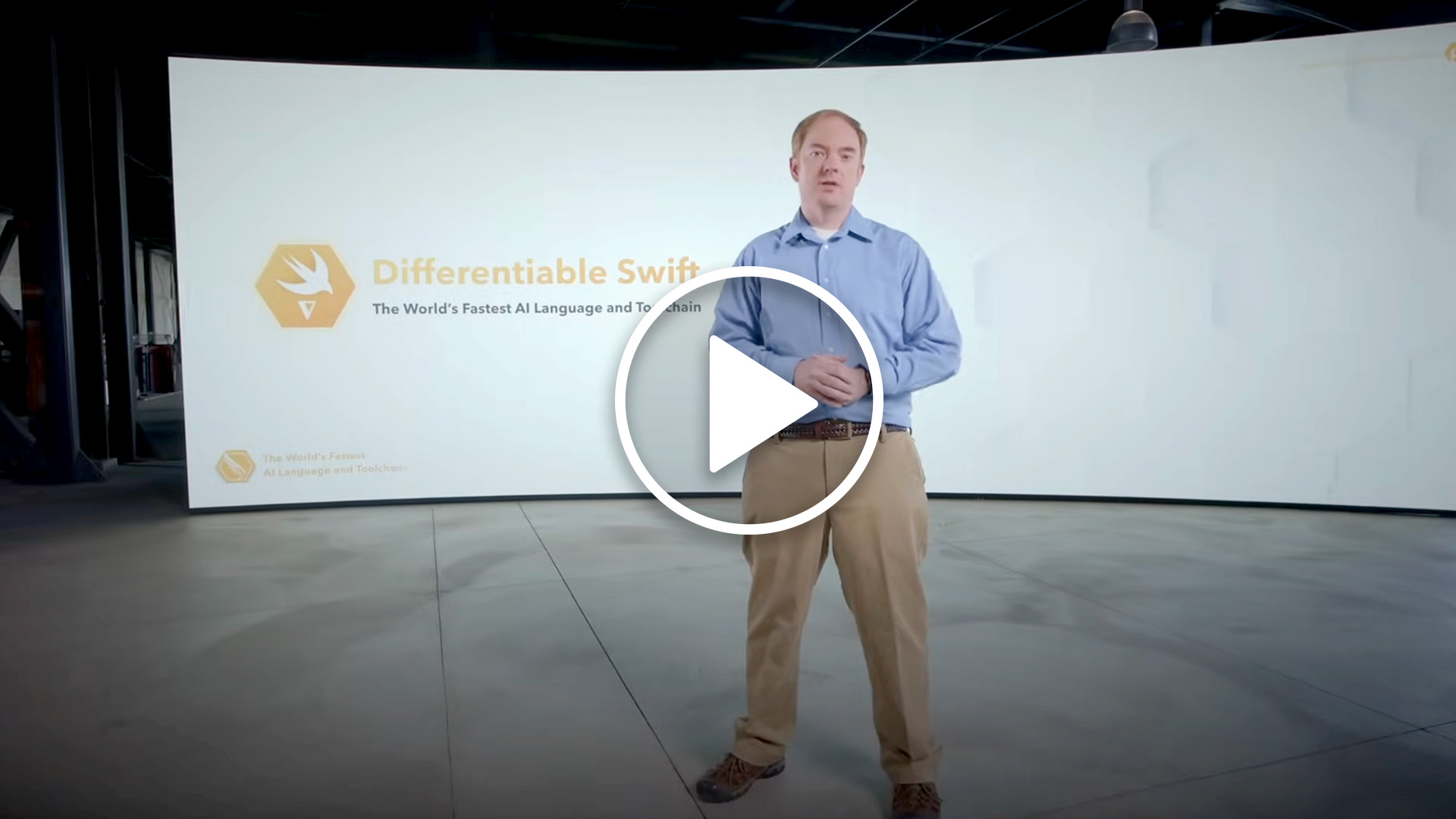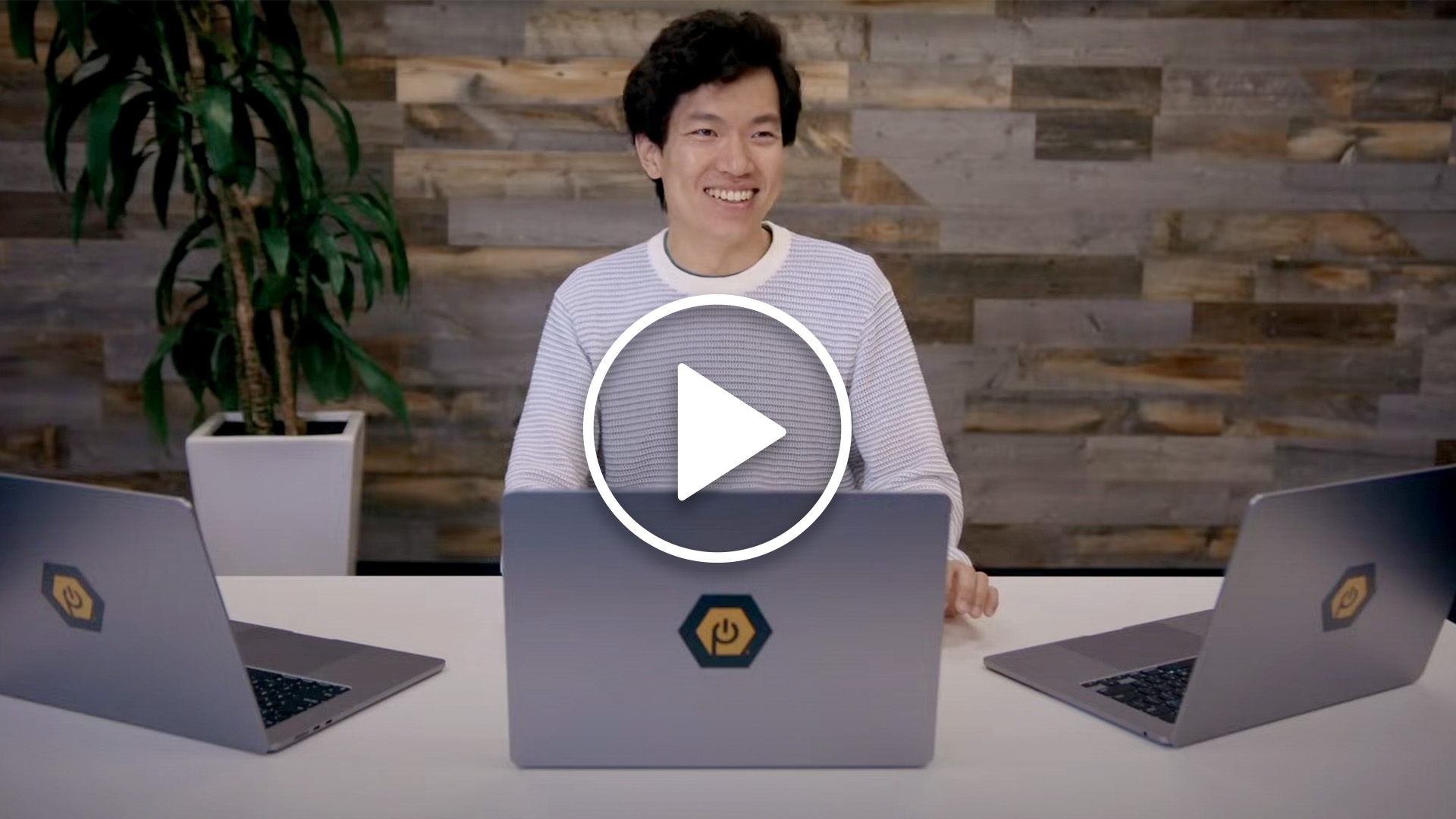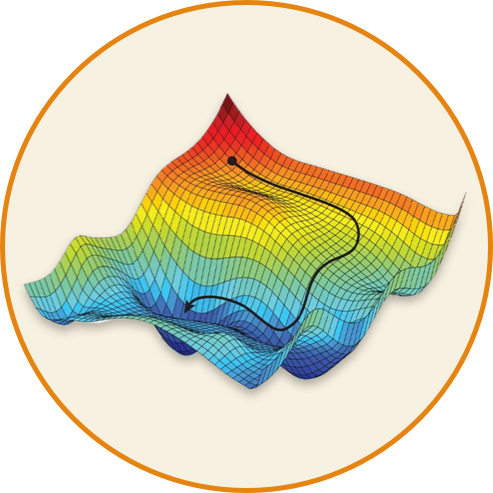A new Benchmark in Performance.
Ultra-Fast Training.
Differentiable Swift enables the world’s fastest AI training and unlocks the world of autonomous systems. By building differentiable computing into our technology at the compiler level, PassiveLogic is investing in the fundamental technologies to enable generative autonomy.
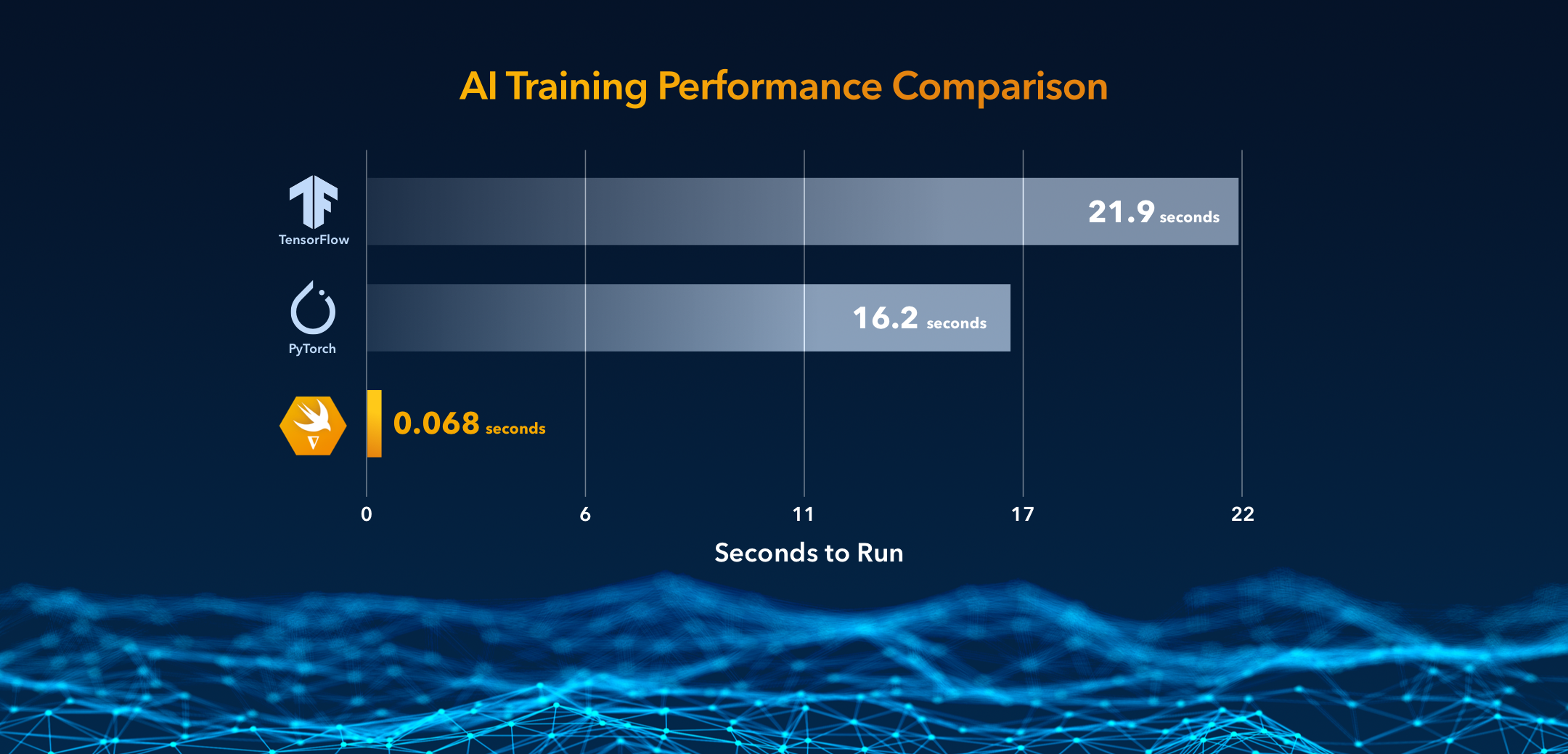
There’s the Results.
Here’s the Demo.
Don’t believe the graph? Then watch our 2023 launch event to see all three AI frameworks run some physics code head-to-head, in real time. PassiveLogic blows them out of the water through the power of differentiability. Differentiable Swift runs 322x faster than Google’s TensorFlow and 238x faster than PyTorch.
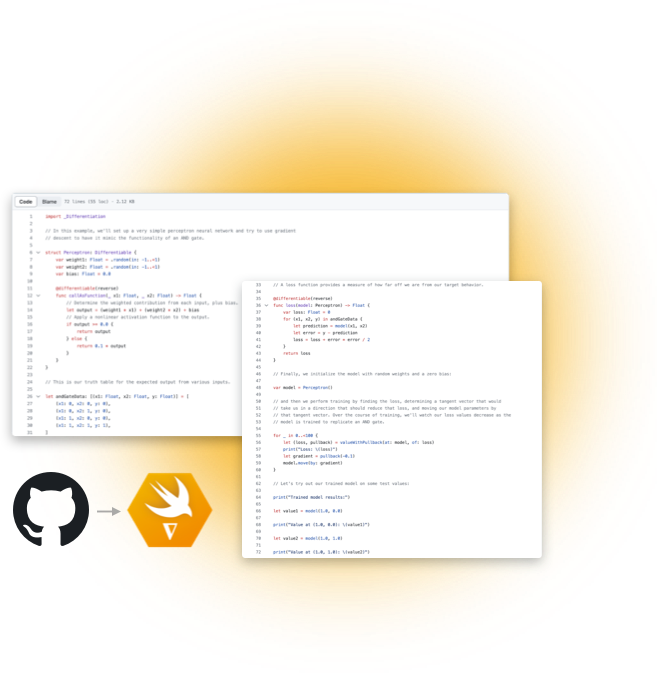
Try It Yourself.
Visit the Git Repository.
We’ve run a benchmark comparison of a building thermal model, optimized via gradient descent and implemented in differentiable Swift vs. PyTorch vs. TensorFlow. The results are clear: differentiable Swift proves to be the fastest solution, and demonstrates the opportunities created by PassiveLogic’s investment in this language feature. See the repo for instructions on how to perform the benchmarks on your own.
Generalized Differentiability.
Any Code, Any Complexity.
Differentiability is a type of reversible computing that allows code to not only run forward but also backward. This enormously powerful technique is the magic behind extremely fast gradient descent and deep learning. At PassiveLogic, we’re unlocking the potential of generalized differentiability for any code you can dream up — not just conventional neural networks — and making the first differentiable systems language for all programmers and their use cases.
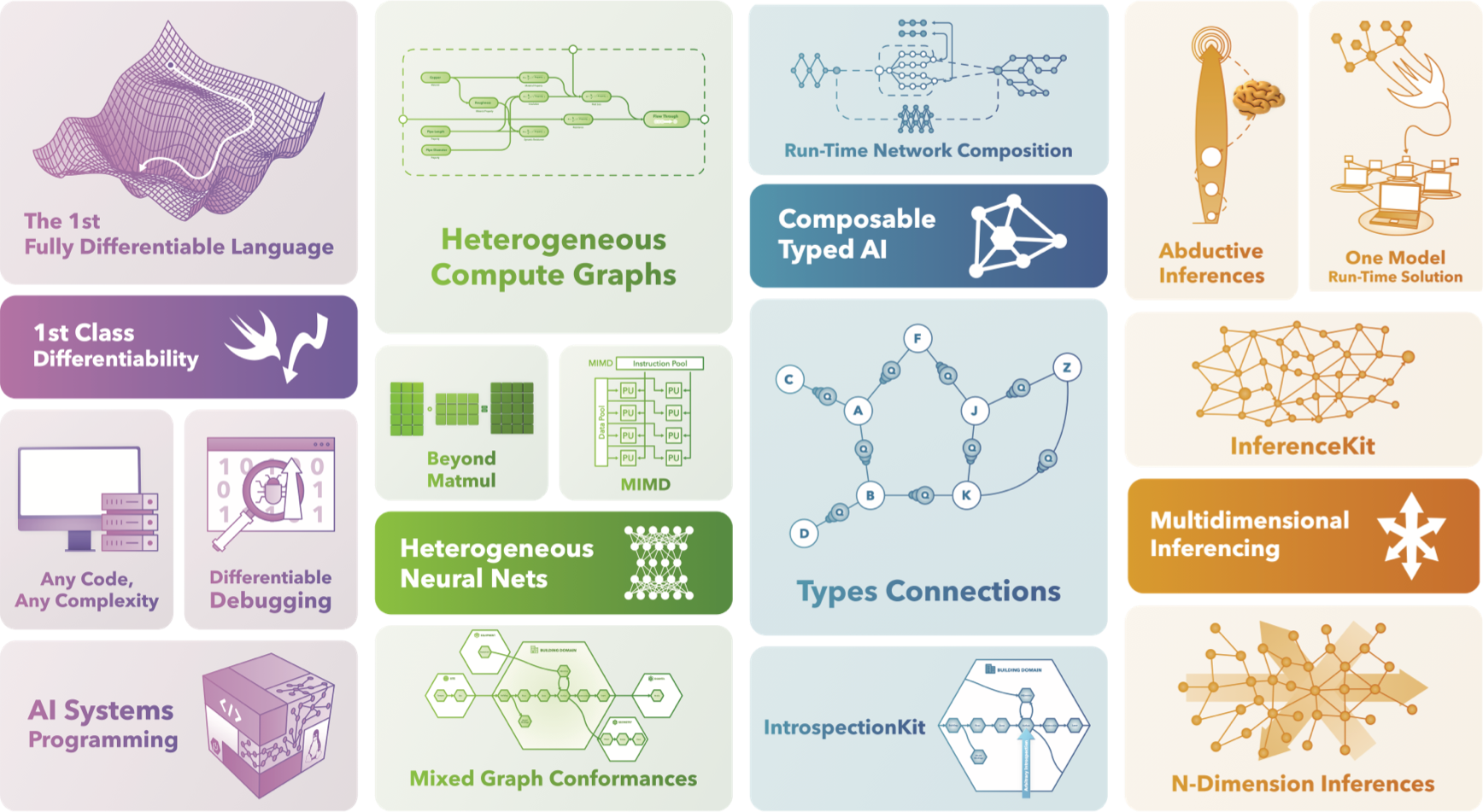
Why Swift?
Fast. Composed. Flexible.
To power the leap to generative autonomous systems, we need an incredibly advanced AI. We use Swift because it offers first-class general purpose differentiability built right into the language, runtime composability, and no boundary between your production code and your machine learning code. With fast runtime differentiation, you can both train and perform inference at the edge — enabling run-time solutions like multi-dimensional inferencing that solves neural networks in any direction.

Hear it from the Source.
A Manifesto on Diff Swift.
Differentiable Swift began as an experimental feature in the Swift for TensorFlow project at Google. We continue to develop and optimize the technology here at PassiveLogic. Read the original manifesto to learn about the motivations for this technology, from multiple expert contributors in this domain.
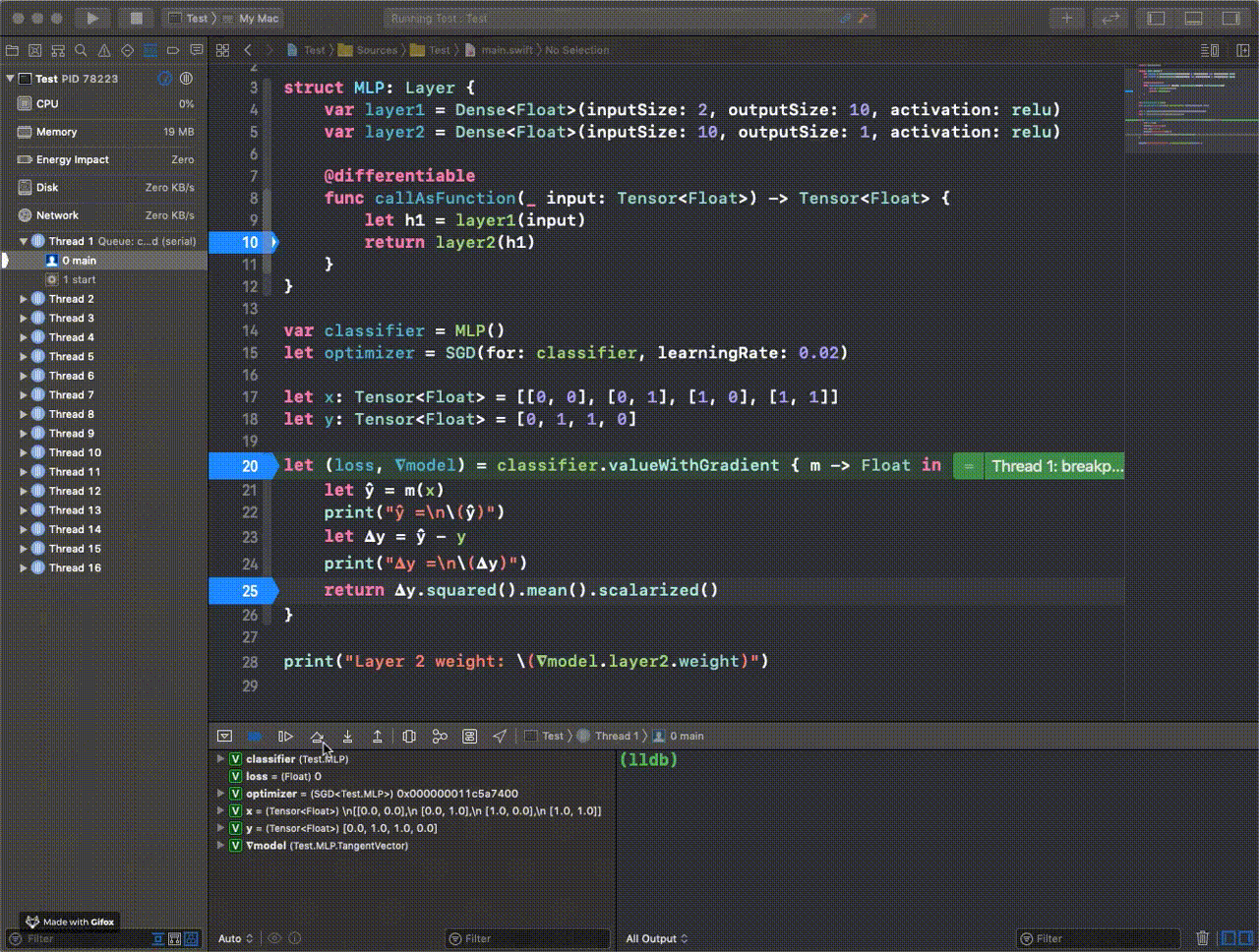
Upcoming Advancements.
Opening New Worlds.
PassiveLogic’s work in differentiable Swift opens up deep learning to solve a new set of problems beyond its traditional limits. It powers control pathfinding and real-time decision-making at the edge, enabling truly autonomous systems. It also powers generative design to solve challenges such as optimized energy modeling or finding the best sensor layout for a building.
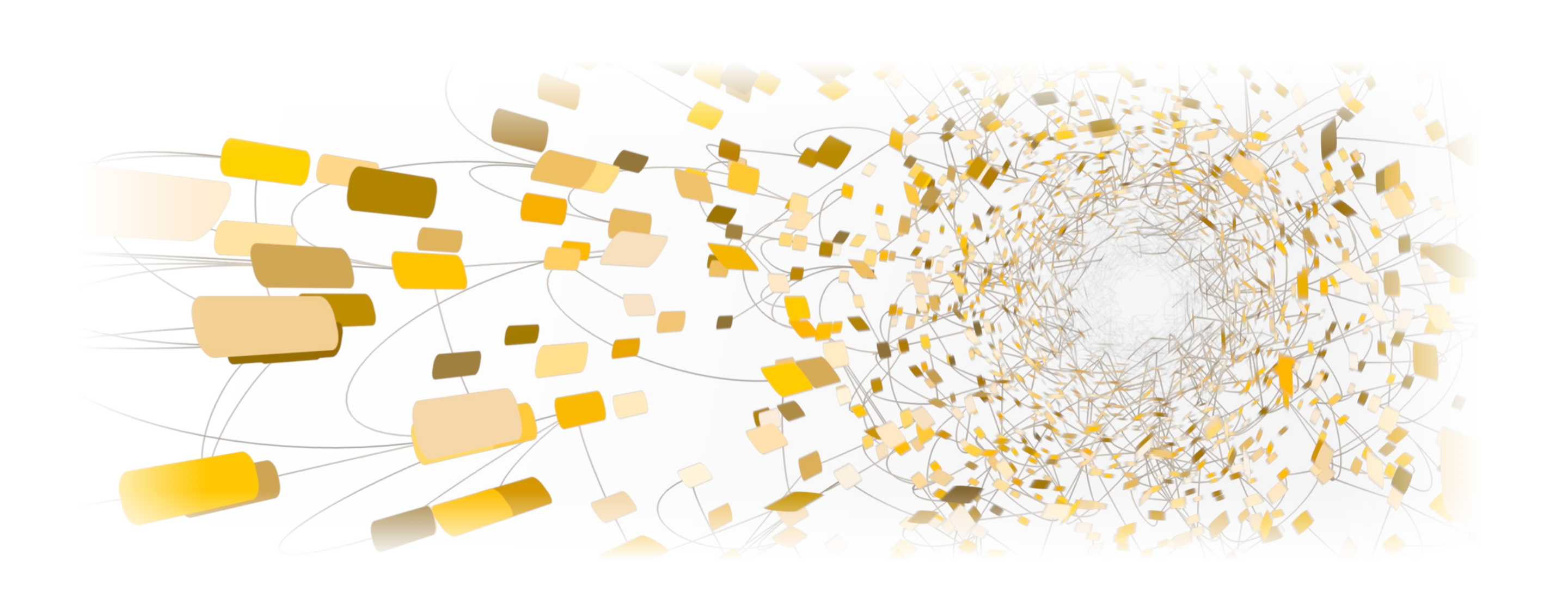
Gradient Descent.
Inference, Not Just Training.
Gradient descent is a technique used to navigate graph-based state spaces and find absolute minimum points: those minimum points often represent optimized states. Gradient descent, when combined with ultra-fast differentiable Swift, allows us to cover really complex graphs and find the optimal solution fast, taking the guesswork out of deep learning and eliminating costly training times.
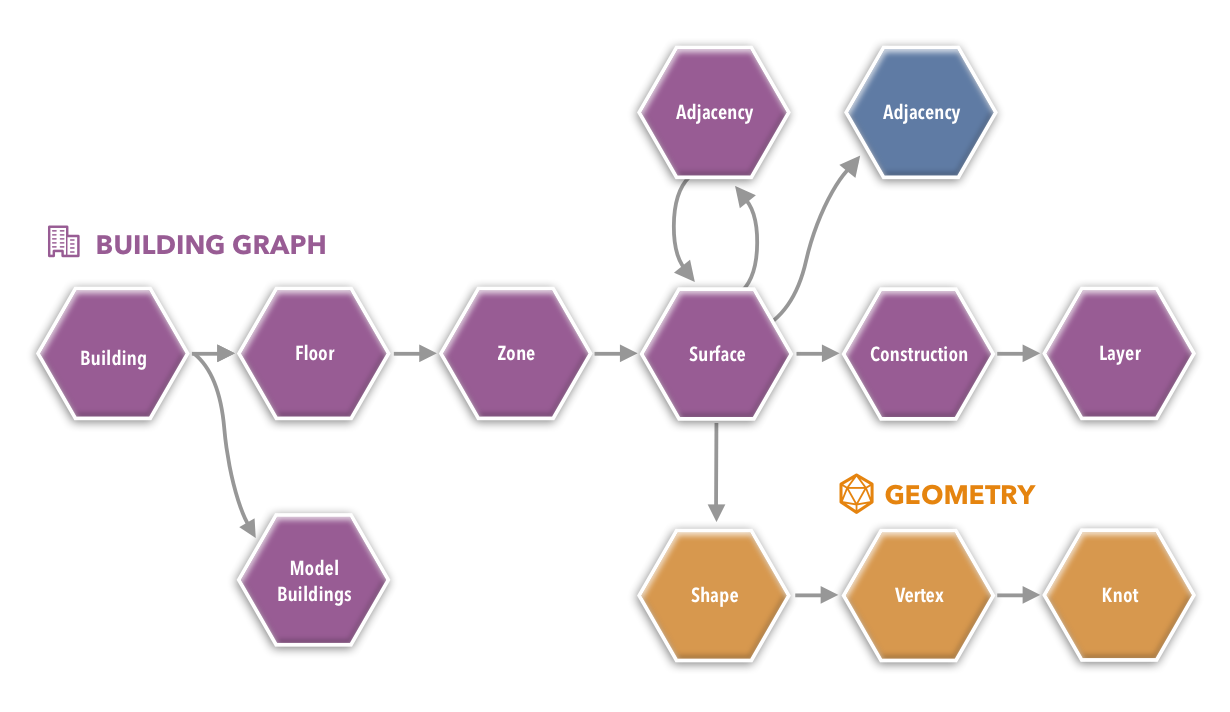
IntrospectionKit.
Walk the Graph Anywhere.
IntrospectionKit is a principled set of tools and APIs within our differentiable Swift framework that leverages graph compute to enable abstraction from any data structure. At PassiveLogic, it connects differentiable Swift with Quantum: the digital twin data standard for autonomous systems. With IntrospectionKit, systems become self-aware—as they gain the ability to write their own queries anywhere within Quantum.
InferenceKit.
Fill Gaps in the Model.
InferenceKit allows PassiveLogic to understand more with our models than what can be directly observed. To have a complete digital twin, we can’t measure everything that’s happening in our buildings — the AI must fill in the gaps. InferenceKit achieves this, through differentiable Swift, by starting with known values and then inferring other values along the graph model. Now you can have full visibility into your assets even where there are no sensors.
